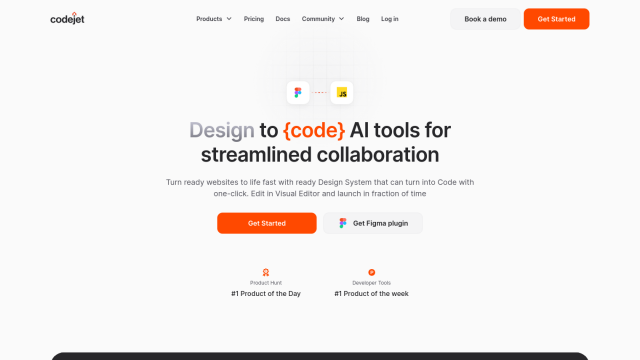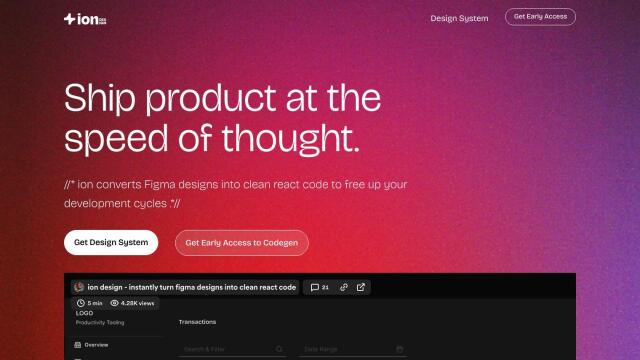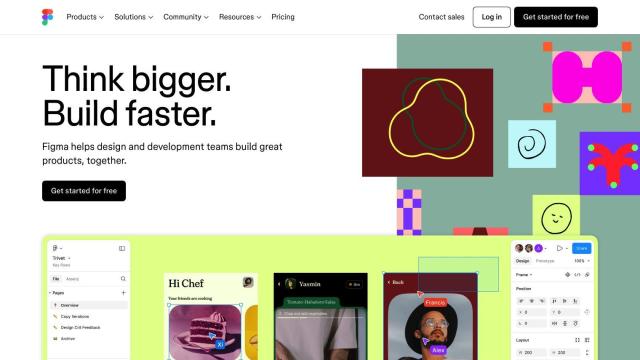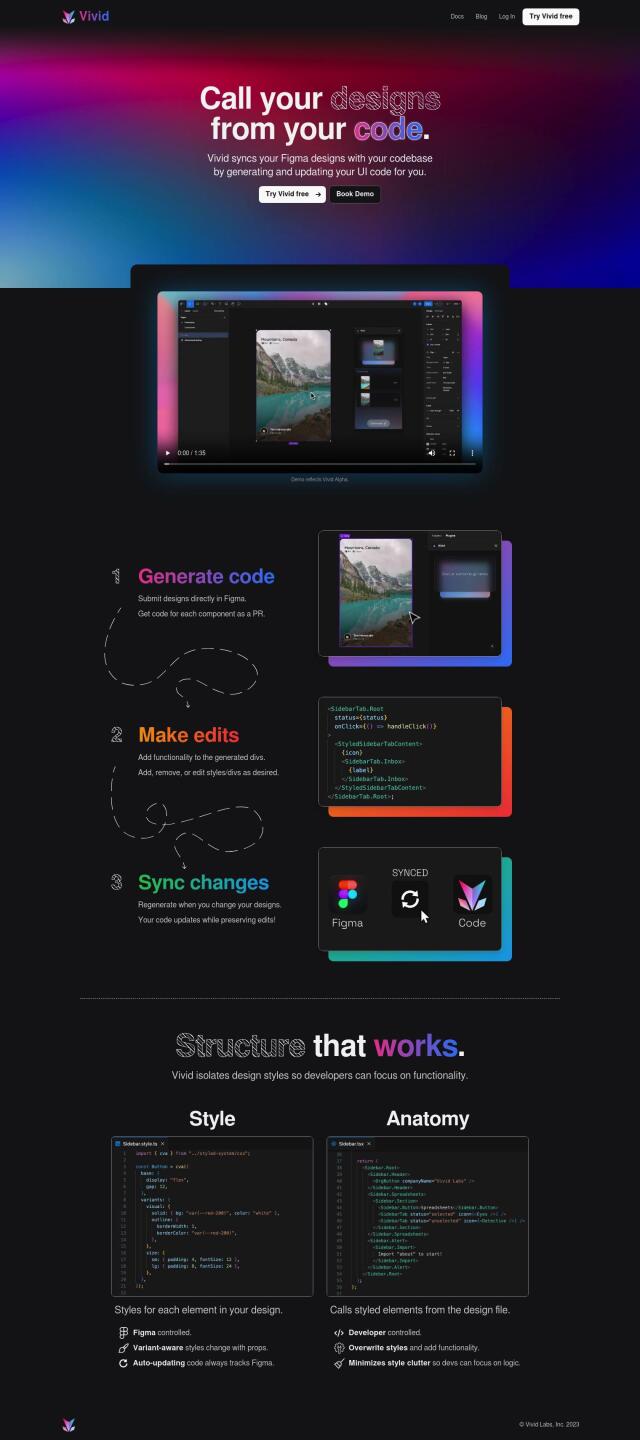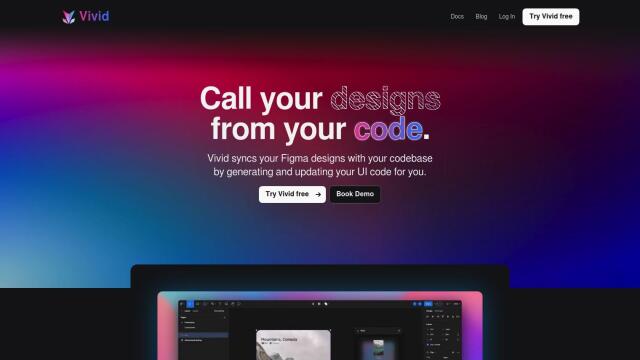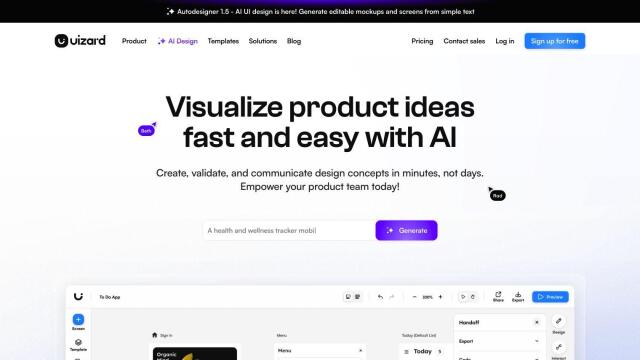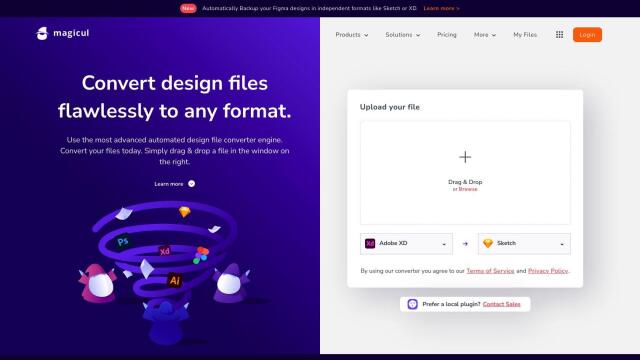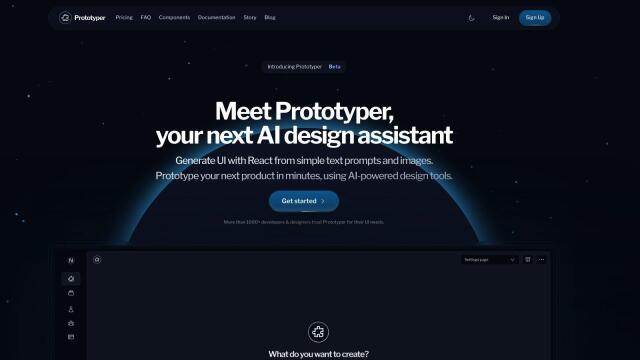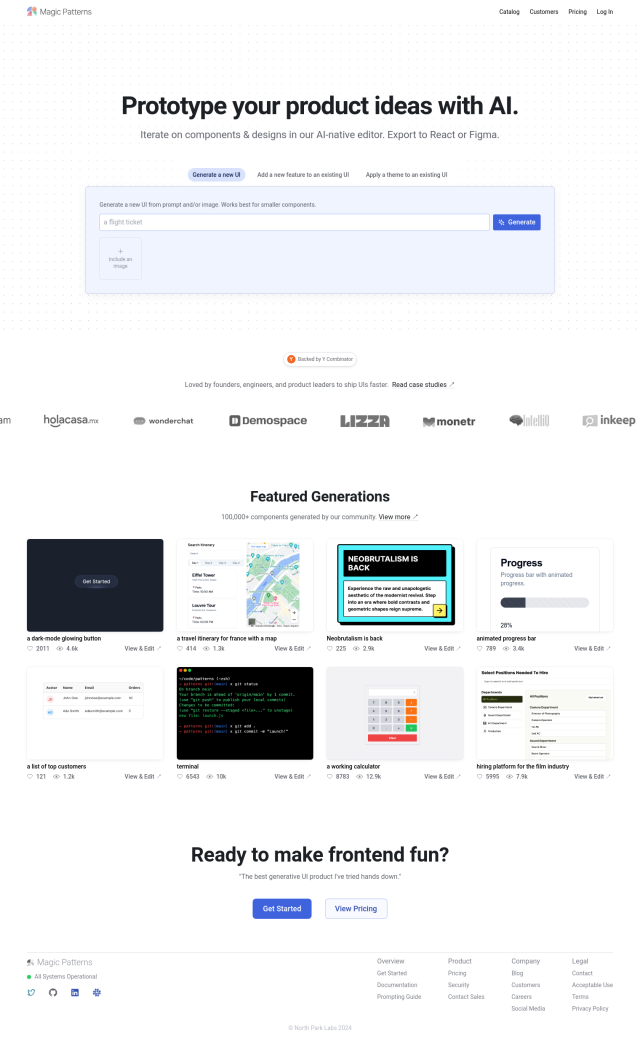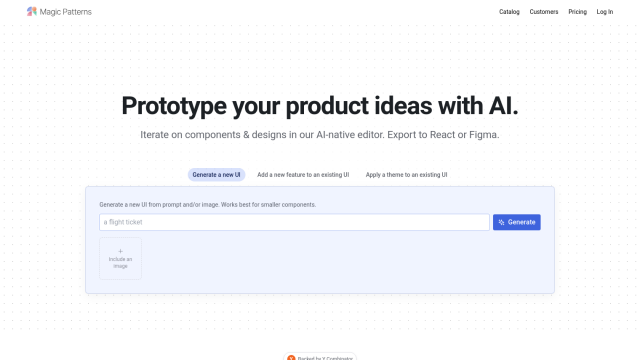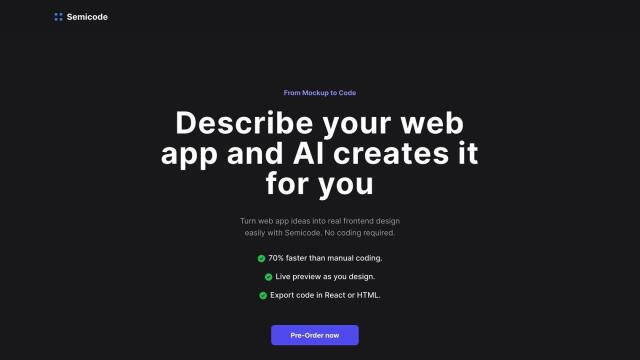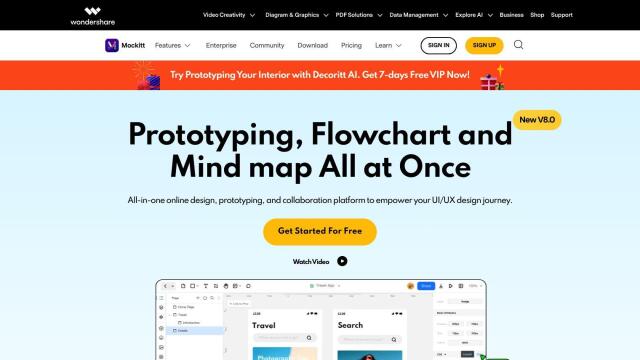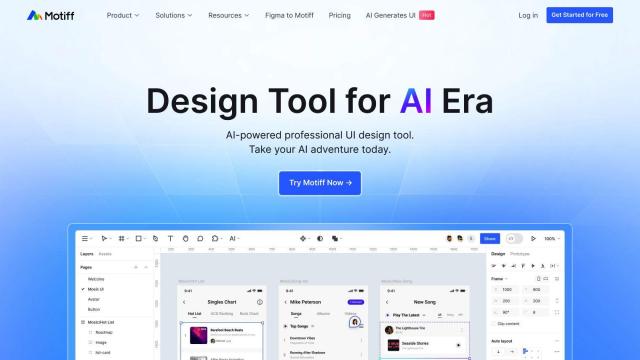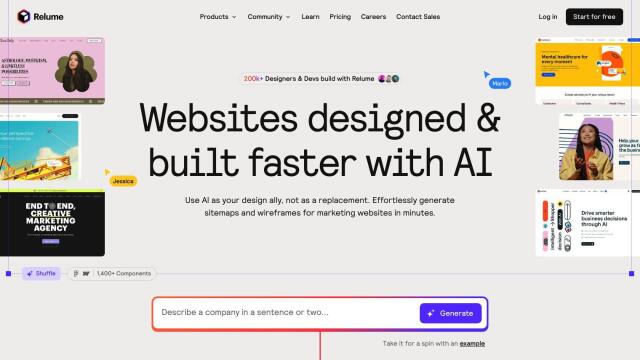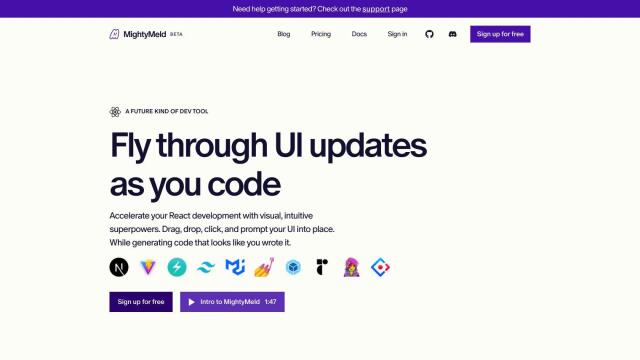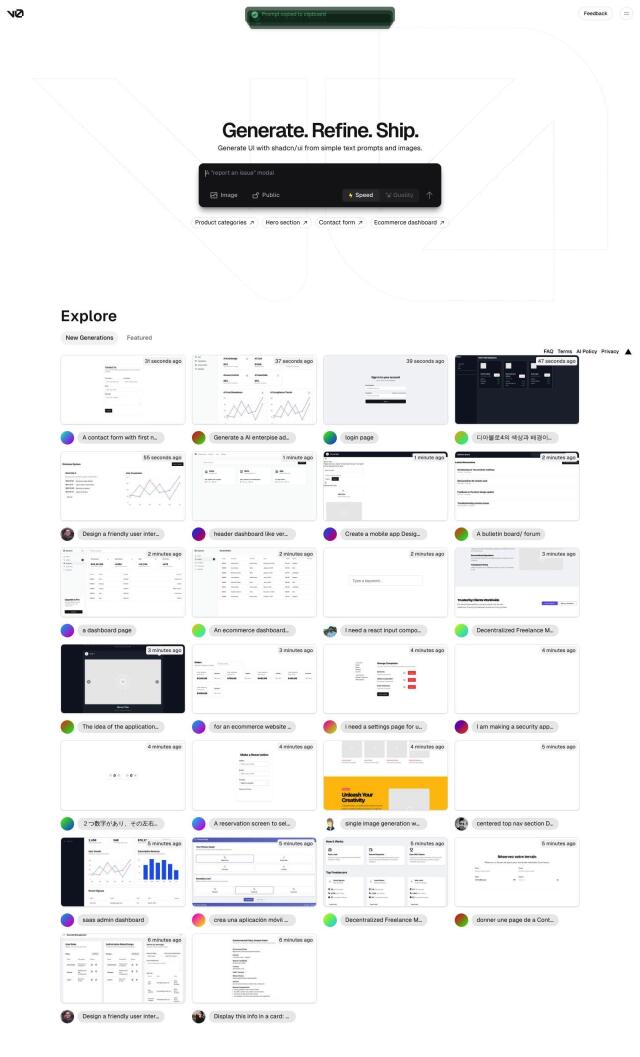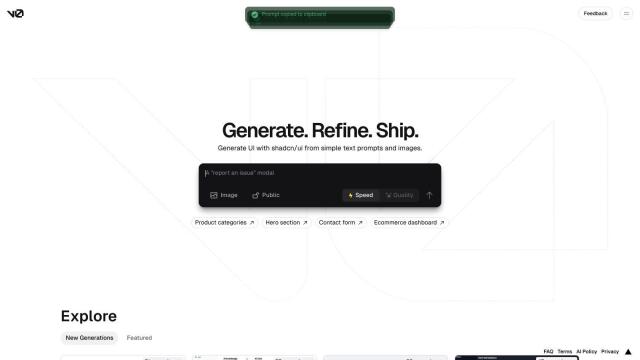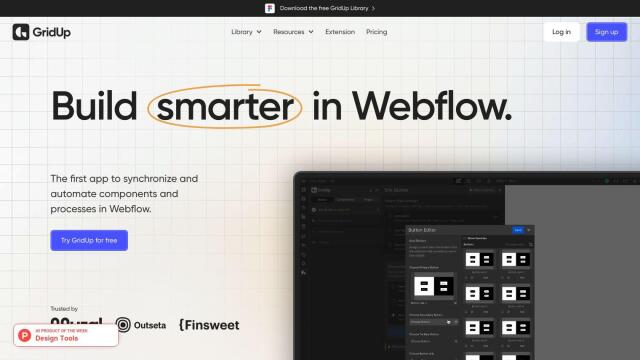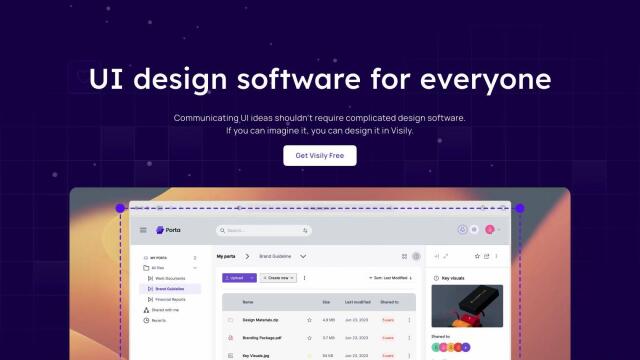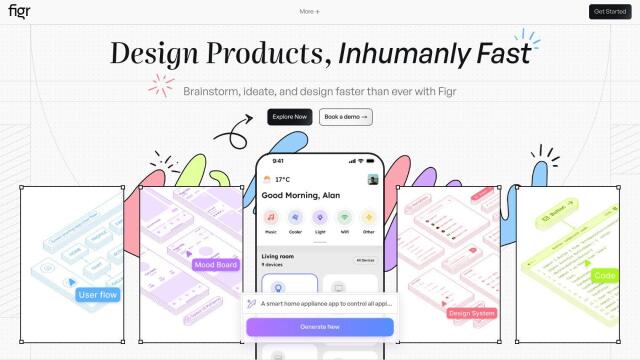Question: I'm looking for a solution that enables me to handoff design files to developers seamlessly and efficiently.


Kombai
If you want the simplest, most direct way to handoff design files to developers, Kombai is a great option. This AI-powered tool translates Figma designs into accurate front-end code, including logical div structure, React components and high-quality JavaScript code. It integrates with a range of frameworks, and has a variety of pricing tiers, so it should fit into your needs and budget.
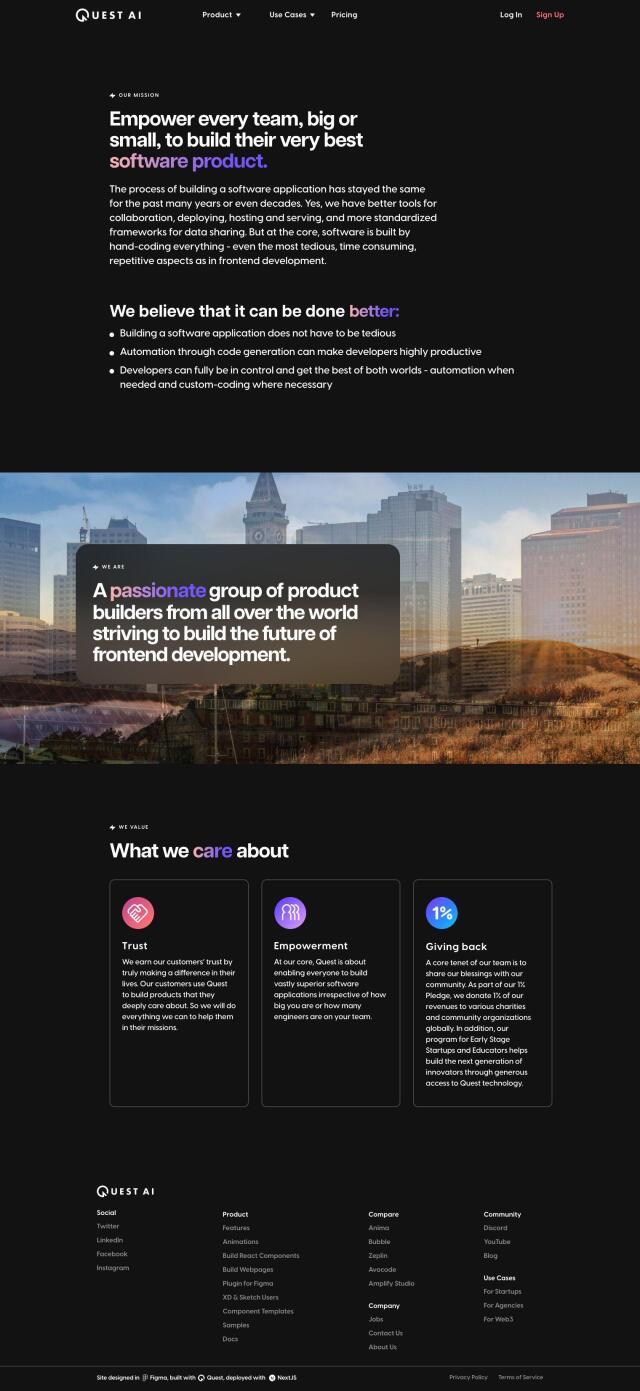
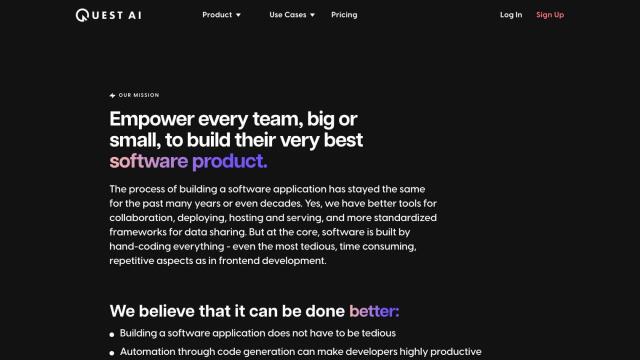
Quest
Another option is Quest, which generates React components directly from Figma designs. It uses AI models to generate responsive, modular code that works with design systems and component libraries. Quest also includes tools for animation, clean code and version control, so it's geared for development teams that want to improve their workflow.

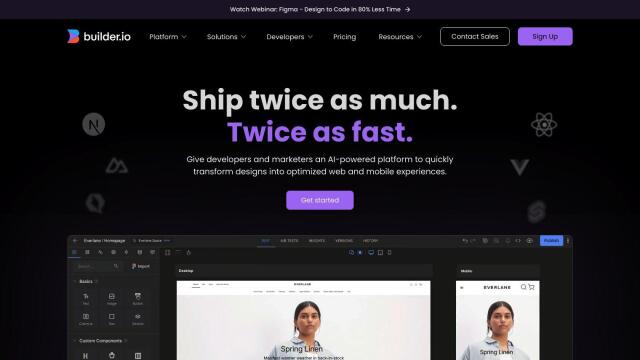
Builder.io
Builder.io is a broad suite of tools to convert Figma designs into web and mobile apps. It includes a Visual Copilot for fine tuning code, a drag-and-drop editor for real-time collaboration, and support for frameworks like React and Angular. With features like content scheduling and A/B testing, Builder.io lets teams build digital products faster and more efficiently.
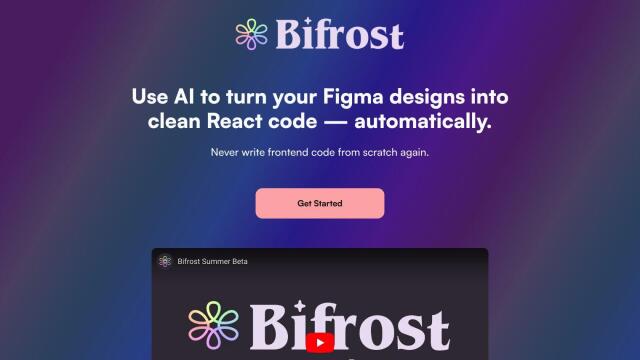
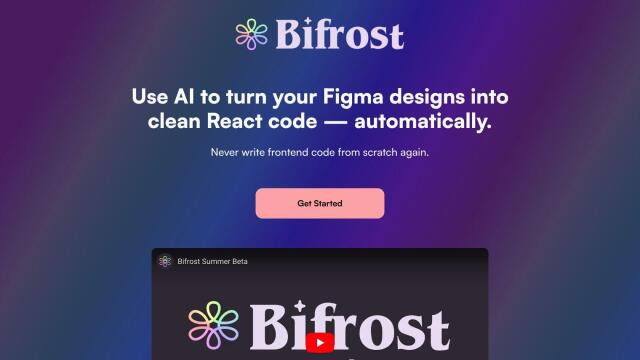
Bifrost
If you prefer a more AI-based approach, check out Bifrost, which generates Figma designs as clean, type-safe React code. It integrates with popular frameworks like Tailwind and Chakra, and lets you update components easily, so it can be a good option for developers and designers who want to avoid repetitive coding and speed up development cycles.

